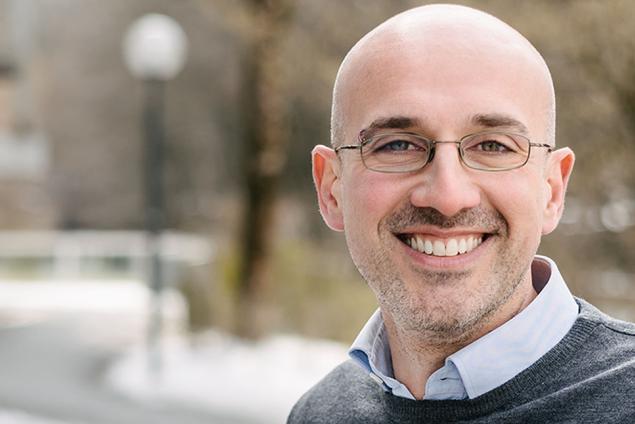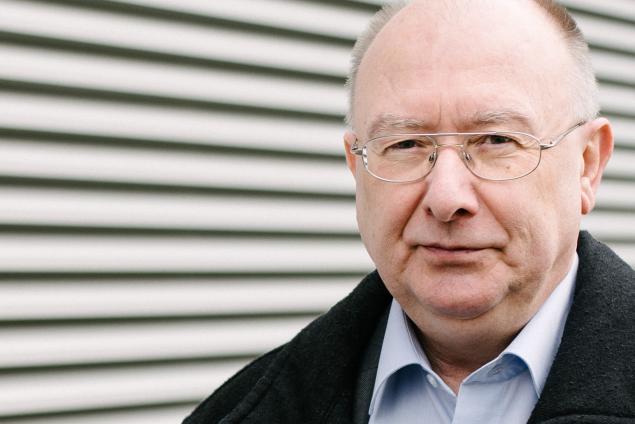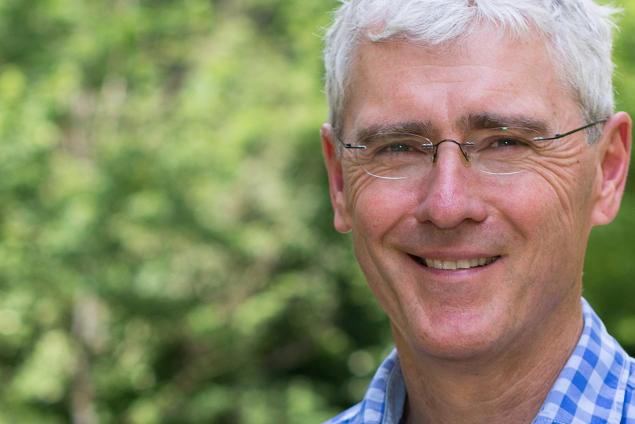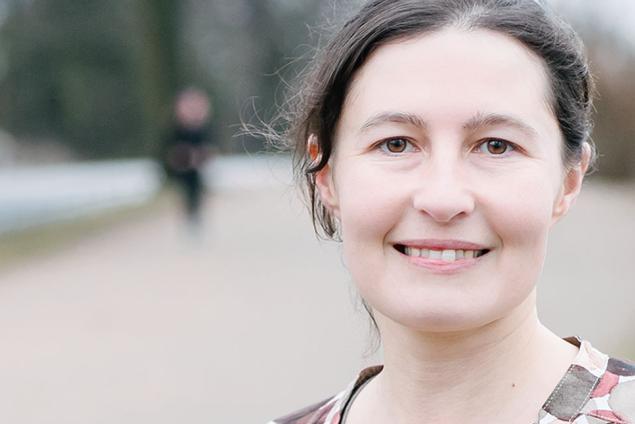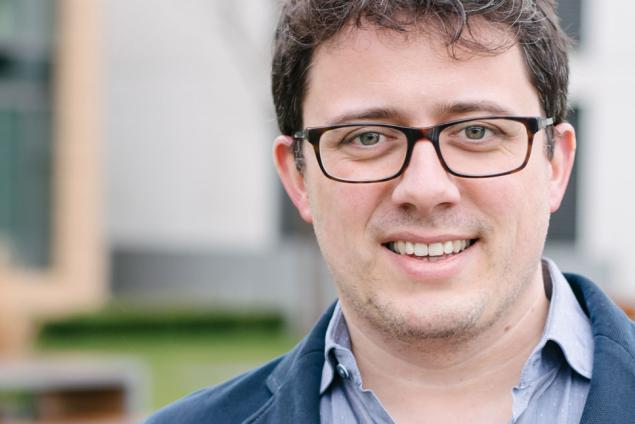Molecules in cells are not randomly distributed but form compartments that perform specific functions. A few years ago, scientists discovered that many of these compartments develop by the process of phase separation which results in liquid-like compartments. This is the case for stress granules – drops formed by the cell when it is under stress, e.g. from heat or chemicals. As ANTHONY A. HYMAN explains, it has been shown that the same proteins that are associated with the formation of stress granules are also linked to neurodegenerative diseases. The research presented in this video followed the hypothesis that if the process of formation of stress granules goes wrong these proteins aggregate which leads to the onset of a disease. An in-vitro aging experiment confirmed this hypothesis and thereby suggests that finding a way to maintain the cell compartments in the liquid state might help in curing neurodegenerative diseases.
DOI:
https://doi.org/10.21036/LTPUB10279
Researcher
Anthony Hyman is Founding Director of the Max Planck Institute of Molecular Cell Biology and Genetics in Dresden, Germany. Before joining the Max Planck Society, he worked as a Group Leader at the European Molecular Biology Laboratory in Heidelberg, Germany. His research interests include cytoplasmic organization and how cells form non-membrane bound compartments.
Anthony Hyman is an elected Fellow of the Royal Society (UK) and was awarded the Gottfried Wilhelm Leibniz Prize for his work on microtubules and cell division in 2011.
Institution
Max Planck Institute of Molecular Cell Biology and Genetics: The Max Planck Institute of Molecular Cell Biology and Genetics (MPI-CBG), located in Dresden, was founded in 1998 and is one of more than 80 institutes of the Max Planck Society, an independent, non-profit organization in Germany. 550 curiosity-driven scientists from over 50 countries ask: How do cells form tissues? To study this pivotal process, we investigate the molecular principles underlying cellular function and tissue morphogenesis. Our basic research programs span multiple scales of magnitude, from molecular assemblies to organelles, cells, tissues, organs, and organisms. A key part of the MPI-CBG’s research strategy is to provide all researchers with state-of-the-art instrumentation and technology, assisted by experienced central scientific services and facilities. These facilities are also involved in the development and optimization of new technologies tailored to specific research projects. All PhD students at MPI-CBG are members of our International Max Planck Research School for Cell, Developmental and Systems Biology (IMPRS-CellDevoSys). Degrees are awarded in partnership with the TU Dresden, one of Germany’s excellence universities.
www.mpi-cbg.de
Original publication
A Liquid-to-Solid Phase Transition of the ALS Protein FUS Accelerated by Disease Mutation
Patel Avinash, Lee Hyun O., Jawerth Louise, Maharana Shovamayee, Jahnel Marcus, Hein Marco Y., Stoynov Stoyno, Mahamid Julia, Saha Shambaditya, Franzmann Titus M., Hyman Anthony A., Pozniakovski Andrej, Poser Ina et al
Cell
Published in 2015
Reading recommendations
Phase Separation by Low Complexity Domains Promotes Stress Granule Assembly and Drives Pathological Fibrillization
Molliex Amandine, Temirov Jamshid, Lee Jihun, Coughlin Maura, Kanagaraj Anderson P., Kim Hong Joo, Mittag Tanja and Taylor J Paul
Cell
Published in 2015
It’s Raining Liquids:
RNA Tunes Viscoelasticity and Dynamics of Membraneless Organelles
Guo Lin and Shorter James
Molecular Cell
Published in 2015
Residue-by-Residue View of In Vitro FUS Granules that Bind the C-Terminal Domain of RNA Polymerase II
Burke Kathleen A., Janke Abigail M., Rhine Christy L. and Fawzi Nicolas L.
Molecular Cell
Published in 2015
Formation and Maturation of Phase-Separated Liquid Droplets by RNA-Binding Proteins
Lin Yuan, Protter David S.W., Rosen Michael K. and Parker Roy
Molecular Cell
Published in 2015
Liquid-Liquid Phase Separation in Biology
Hyman Anthony A., Weber Christoph A. and Jülicher Frank
Annual Review of Cell and Developmental Biology
Published in 2014
The LC Domain of hnRNPA2 Adopts Similar Conformations in Hydrogel Polymers, Liquid-like Droplets, and Nuclei
Xiang Siheng, Kato Masato, Wu Leeju C., Lin Yi, Ding Ming, Zhang Yajie, Yu Yonghao and McKnight Steven L.
Cell
Published in 2015
ALS/FTD Mutation-Induced Phase Transition of FUS Liquid Droplets and Reversible Hydrogels into Irreversible Hydrogels Impairs RNP Granule Function
others, Murakami Tetsuro, Qamar Seema, Lin Julie Qiaojin, Schierle Gabriele S. Kaminski, Rees Eric, Miyashita Akinori, Costa Ana R., Dodd Roger B., Chan Fiona T.S. and Michel Claire H.
Neuron
Published in 2015
RNA Controls PolyQ Protein Phase Transitions
Zhang Huaiying, Elbaum-Garfinkle Shana, Langdon Erin M., Taylor Nicole, Occhipinti Patricia, Bridges Andrew A., Brangwynne Clifford P. and Gladfelter Amy S.
Molecular Cell
Published in 2015
ATPase-Modulated Stress Granules Contain a Diverse Proteome and Substructure
Parker Roy, Jain Saumya, Wheeler Joshua R., Walters Robert W., Agrawal Anurag and Barsic Anthony
Cell
Published in 2016
Coexisting Liquid Phases Underlie Nucleolar Subcompartments
Brangwynne Clifford P., Feric Marina, Vaidya Nilesh, Harmon Tyler S., Mitrea Diana M., Zhu Lian, Richardson Tiffany M., Kriwacki Richard W. and Pappu Rohit V.
Cell
Published in 2016
Show more

